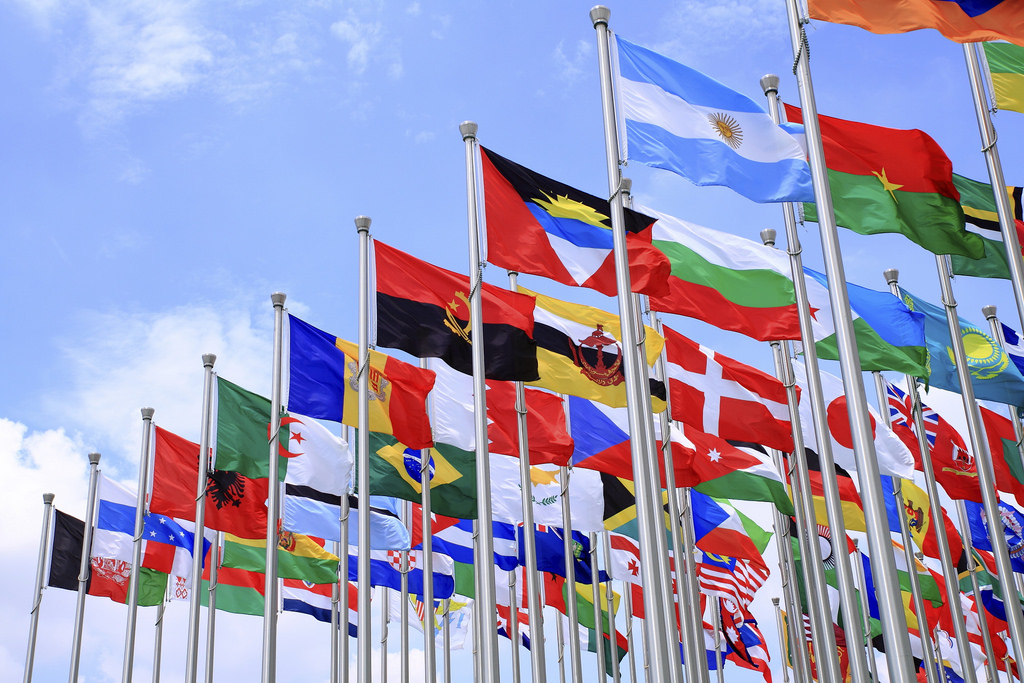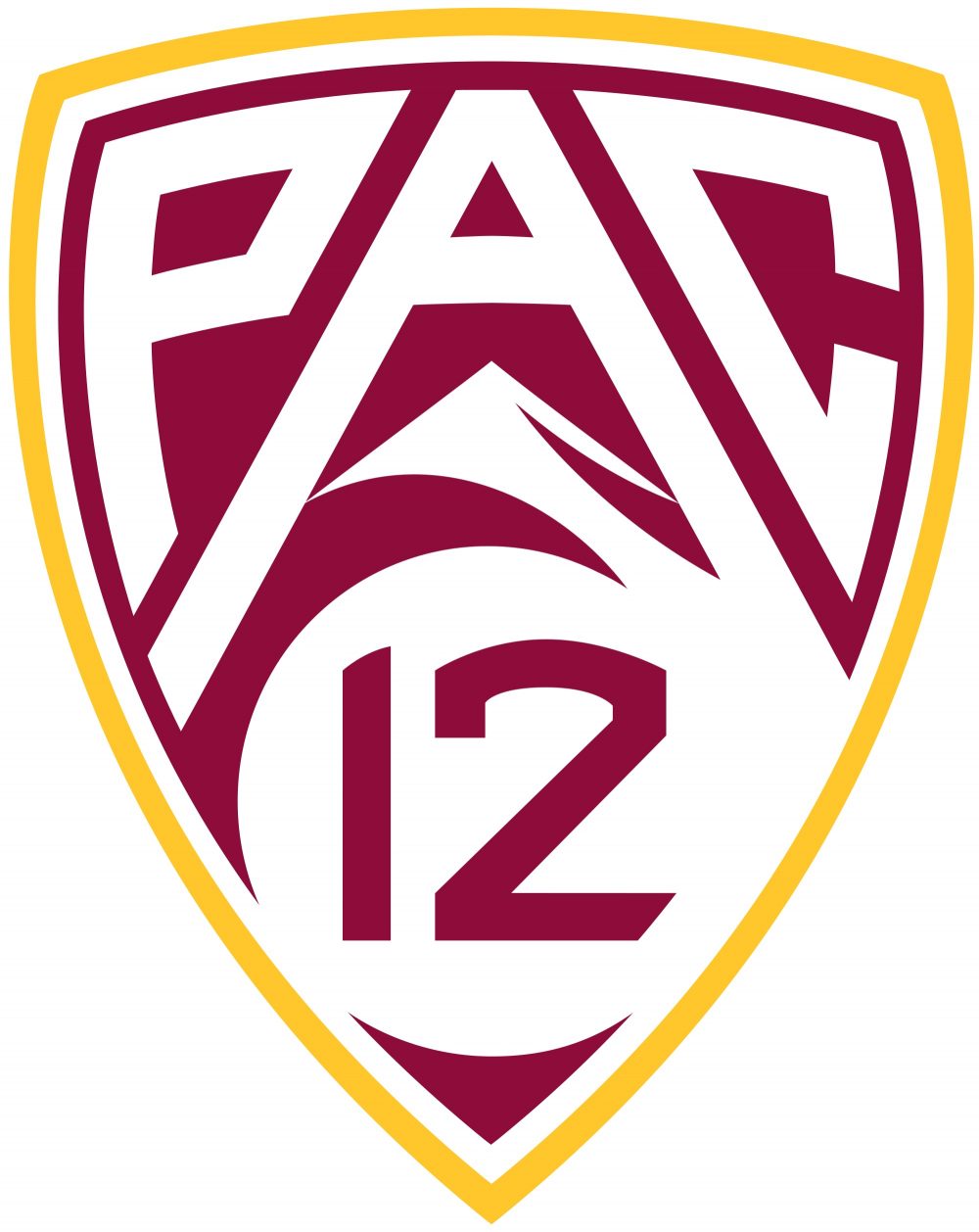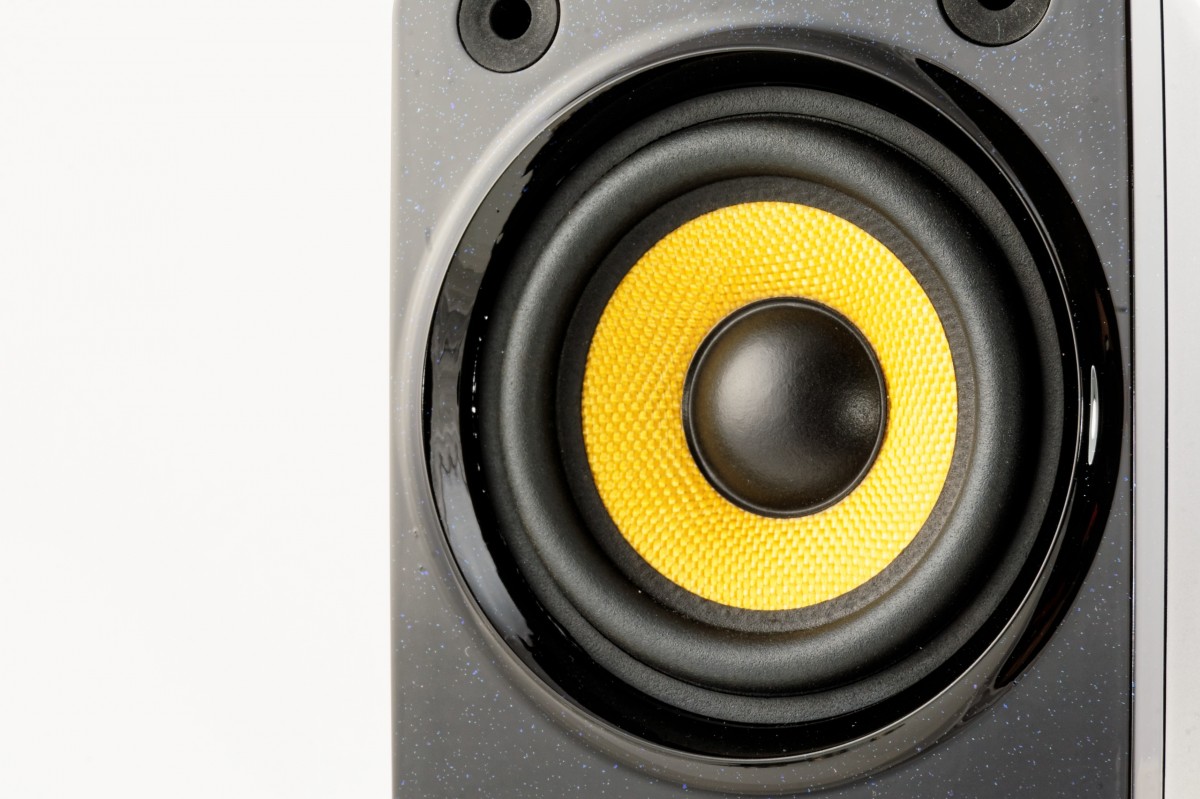By: Cameron Miller
In remarks made to the Knight Commission on Intercollegiate Athletics on October 30, NCAA President Mark Emmert rightly characterized his organization as one in crisis[1]. With an ongoing FBI investigation[2], an unsettling end to the UNC academic fraud scandal[3], player eligibility rulings that have the public questioning the NCAA’s priorities[4], and a potentially industry-altering antitrust case on the horizon[5], one cannot fault Emmert for his concern about college sports’ status quo.
But amidst the doom-and-gloom, Emmert snuck in the following comment:
Curiously, when I travel around the world, they all want to emulate our model, because they hate their model. And they all think that having education and athletics linked together is part of the secret sauce of America.[6]
For an organization in the throes of an existential crisis, that may come as a surprise. But Emmert is not wrong. In August, he made a visit to Japan to consult with the country on the formation of its own collegiate athletic system[7]. And just days before Emmert’s appearance before the Knight Commission, the NCAA’s Division II opened a pathway for Mexican universities to apply for membership[8]. Canada already has one NCAA-member institution[9], and the Pac-12 has been forging connections in China for several years[10]. Although Emmert disclaims any “grand design” to expand the NCAA internationally[11], other nations may well copy the NCAA’s model.
There may be legal implications for doing so, however. As the NCAA grapples with antitrust issues at home, other countries could face similar hurdles in implementing American-style amateurism in their educational systems. What follows is a brief overview of the potential antitrust liability of amateurism in Canada, Mexico, and Japan.
Canada
Canada’s federal antitrust law – known as The Competition Act (“Act”) – was passed in 1889, making it older than the Sherman Act[12]. Section 45 of the Act prohibits “[conspiracies], [agreements], or [arrangements]” between competitors to “to fix, maintain, increase or control the price for the supply of the product.”[13] The Act requires that any “conspiracy, agreement or arrangement…be proved beyond a reasonable doubt.”[14] It also exempts any agreements that are “ancillary to a broader or separate agreement or arrangement that includes the same parties”[15] and “directly related to, and reasonably necessary for giving effect to, the objective of that broader or separate agreement or arrangement”[16].
Proceeding strictly off the plain language of the statute, it appears unlikely that NCAA-style amateurism would be legal in Canada. Assuming Canadian universities adopted the NCAA’s rules and regulations and set them forth in a widely available manual, an agreement to fix prices is easily provable. In this case, the “price” would be the amount that universities would give athletes in exchange for their labor. Since the amount is universally capped at cost of attendance and not responsive to market forces, a collective agreement to hold down athletes’ wages is seemingly a violation under the Act. It could be argued, though, that amateurism is part of a “broader arrangement” to maintain consumer interest in Canadian intercollegiate athletics and therefore falls under the exemption outlined above. It would then have to be established that amateurism is “is directly related to, and reasonably necessary for giving effect to” the maintenance of consumer appeal. The NCAA has successfully argued this connection in the U.S.[17], though it is unclear whether its arguments would hold in Canadian courts.
Mexico
Amateurism may encounter similar issues under Mexican antitrust law. Known as the Federal Economic Competition Law (FECL), its purpose is to “promote, protect and guarantee free market access and economic competition, as well as to prevent, investigate, combat, prosecute effectively, severely punish and eliminate monopolies, monopolistic practices…as well as other restrictions to the efficient operation of markets.”[18] Article 53 of FECL prohibits “contracts, agreements, arrangements or combinations amongst competing Economic Agents”[19] that not only fix prices, but that also “establish an obligation not to produce, process, distribute, market or acquire but only a restricted or limited amount of goods, or the provision or transaction of a limited or restricted number.”[20] This last clause, which makes collective limits on output illegal, applies to a different section of the NCAA’s amateurism rules: Those governing the maximum amount of scholarships each sport can award. In Division I FBS football, this limit is 85[21]; in men’s and women’s basketball, it is 13[22] and 15[23], respectively. Viewed in light of Article 53, these maximums are agreed-upon obligations not to distribute any more than x-number of grants-in-aid. Under the FECL, there is no “rule of reason” equivalent for these “absolute monopolistic practices” – they are “null and void.”[24]
Japan
Japan’s first national antitrust statute was passed in 1947 in the aftermath of World War II[25]. Heavily influenced by American law[26], the Japanese Antimonopoly Act prohibits “unreasonable restraints of trade,”[27] which it defines as any action to “mutually restrict or conduct their business activities in such a manner as to fix, maintain or increase prices, or to limit production, technology, products, facilities or counterparties.”[28] To be held unlawful, these activities must be a “substantial restraint of competition in any particular field of trade.”[29] Certain Japanese cartels are free from liability[30], though any NCAA-style association does not appear to fall into the exempted groups. Though not per se illegal, amateurism’s wage caps could draw the attention of Japan’s Fair Trade Commission, which has a history of pursuing price-fixing agreements[31]. There is no question that the NCAA’s regulations hold down prices (limit athletes to receiving cost of attendance scholarships) and limit output (cap the number of scholarships available per sport). Further, not only does amateurism substantially restrain competition in the market for college athletes’ labor – it cuts it off completely. Historically, there has been significant toleration of cartel and cartel behavior in Japan[32], but enforcement has been strengthened over the years[33].
For other countries considering importing American amateurism: Caveat emptor, because the crisis facing the NCAA could soon reach your shores.
[1] Mitch Sherman, Mark Emmert Says Public Losing Confidence in NCAA, ESPN.com (October 30, 2017), http://www.espn.com/college-sports/story/_/id/21227671/ncaa-president-mark-emmert-says-public-losing-confidence-governance-collegiate-athletics.
[2] Daniel Rapaport, What We Know About Each School Implicated in the FBI’s College Basketball Investigation, SI.com (November 2, 2017), https://www.si.com/college-basketball/2017/09/29/what-we-know-about-each-school-fbi-investigation.
[3] Marc Tracy, N.C.A.A.: North Carolina Will Not Be Punished for Academic Scandal, The New York Times (October 13, 2017), https://www.nytimes.com/2017/10/13/sports/unc-north-carolina-ncaa.html?_r=0.
[4] Joe Giglio, NC State guard Braxton Beverly loses appeal with the NCAA, must sit out the season, The News & Observer (October 30, 2017), http://www.newsobserver.com/sports/college/acc/nc-state/state-now/article181653671.html.
[5] Travis Wauldron, A Trip To The Men’s Room Turned Jeff Kessler Into The NCAA’s Worst Nightmare, the Huffinton Post (August 5, 2017), https://www.huffingtonpost.com/entry/jeffrey-kessler-ncaa-lawsuit_us_59723f33e4b00e4363df3f59.
[6] Emmert Says Public Losing Confidence in NCAA, id. at Fn. 1.
[7] Kaz Nagatsuka, Emmert Offers Insight on NCAA, The Japan Times (September 2, 2017), https://www.japantimes.co.jp/sports/2017/09/02/general/emmert-offers-insight-ncaa/#.WgCFka2ZNp9.
[8] Rachel Stark, DII council supports proposal on Mexican schools, NCAA.org (October 27, 2017), http://www.ncaa.org/about/resources/media-center/news/dii-council-supports-proposal-mexican-schools.
[9] Howard Tsumura, Simon Fraser Charts New Course, NCAA.org (September 11, 2012), http://www.ncaa.org/about/resources/media-center/news/simon-fraser-charts-new-course.
[10] Pac-12 & Alibaba Group expand first-of-a-kind partnership to bring college sports to Chinese audiences, Pac-12.com (October 4, 2017), http://pac-12.com/article/2017/10/05/pac-12-alibaba-group-expand-first-kind-partnership-bring-college-sports-chinese.
[11] Zach Schonbrun, An N.C.A.A. for Japan? Emmert Heads Abroad, Offering Advice, The New York Times (August 28, 2017), https://www.nytimes.com/2017/08/28/sports/ncaa-japan-mark-emmert-college-sports.html.
[12] Yves Bériault and Oliver Borgers, Overview of Canadian Antitrust Law, The Antitrust Review of the Americas (2004), http://www.mccarthy.ca/pubs/antitrus_overview.pdf, at 76.
[13] Competition Act, R.S.C., 1985, c. C-45(1)(a).
[14] Competition Act, R.S.C., 1985, c. C-45(3).
[15] Competition Act, R.S.C., 1985, c. C-45(4)(a)(i).
[16] Competition Act, R.S.C., 1985, c. C-45(4)(a)(ii).
[17] O’Bannon v. NCAA, 802 F.3d 1049, 1059 (2015) (“But the district court ultimately found that the NCAA’s ‘current understanding of amateurism’ plays some role in preserving ‘the popularity of the NCAA’s product.’…It found that the NCAA’s current rules serve a procompetitive benefit by promoting this understanding of amateurism, which in turn helps preserve consumer demand for college sports.”).
[18] Ley Federal de Competencia Económica [LCFE] [Federal Antitrust Law], as amended, Diario Oficial de la Federación, 2015 (Mex.).
[19] LCFE, Article 53(I).
[20] LCFE, Article 53(II).
[21] NCAA Bylaw 15.5.6.1.
[22] NCAA Bylaw 15.5.5.1.
[23] NCAA Bylaw 15.5.5.2.
[24] LCFE, Article 53.
[25] Hiroshi Iyori, A Comparison of U.S.-Japan Antitrust Law: Looking at the International Harmonization of Competition Law, Pacific Rim Law and Policy Journal, Vol. 4, No. 1 (March 1995), at 61.
[26] Id.
[27] Shiteki-dokusen no Kinshi oyobi Kōseitorihiki no Kakuho ni Kansuru Hōritsu [Act on Prohibition of Private Monopolization and Maintenance of Fair Trade], Act No. 54 of April 14, 1947, ch. I, art. 1 (Japan).
[28] Id., ch. I, art. 2, para. 6.
[29] Id.
[30] Id., ch. VI, art. 21-23.
[31] Mitsuo Matsushita, The Antimonopoly Law of Japan, Institute for International Economics (Global Competition Policy), at 153, 164.
[32] Id., at 152.
[33] Id., at 156.





